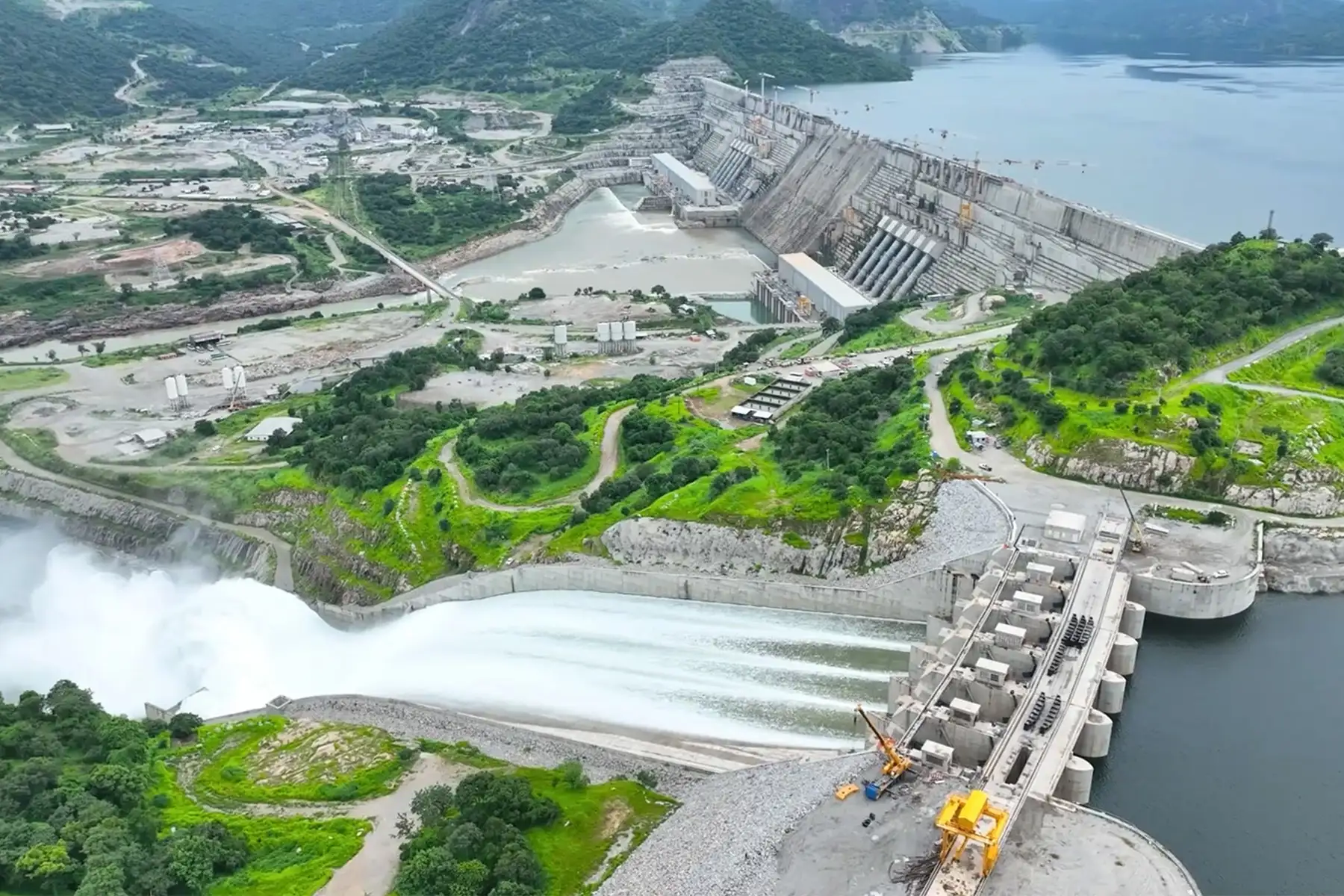Addis Ababa, Ethiopia — Ethiopia has officially inaugurated the Grand Ethiopian Renaissance Dam (GERD), a historic infrastructure project that has been at the center of regional diplomacy and debate for more than a decade.
The launch ceremony, attended by senior government officials, engineers, and invited dignitaries, marks the beginning of full-scale operations at Africa’s largest hydroelectric dam. Located on the Blue Nile in the Benishangul-Gumuz region, the GERD is expected to generate more than 6,000 megawatts of electricity, significantly boosting Ethiopia’s power supply and positioning the country as a potential energy exporter in East Africa.
Prime Minister Abiy Ahmed hailed the commissioning as a “monument of national pride,” noting that the dam symbolizes Ethiopia’s resilience and commitment to development. “This project is not only about electricity; it is about lifting millions out of poverty and securing a brighter future,” he said.
However, the inauguration also comes against a backdrop of long-standing tensions with downstream neighbors Egypt and Sudan, both of whom rely heavily on Nile waters for agriculture and survival. Cairo has repeatedly raised concerns about water security, while Khartoum has called for binding agreements to regulate the dam’s operations.
Despite these disputes, Ethiopia has maintained that GERD will not significantly harm downstream countries and instead will promote regional cooperation through shared electricity trade.
With turbines already contributing to the national grid, the official commissioning signals Ethiopia’s determination to move forward with the project while continuing diplomatic engagements with its neighbors.
Analysts say the GERD could transform Ethiopia’s economy, but its long-term success will also depend on sustained dialogue and trust-building across the Nile Basin.
